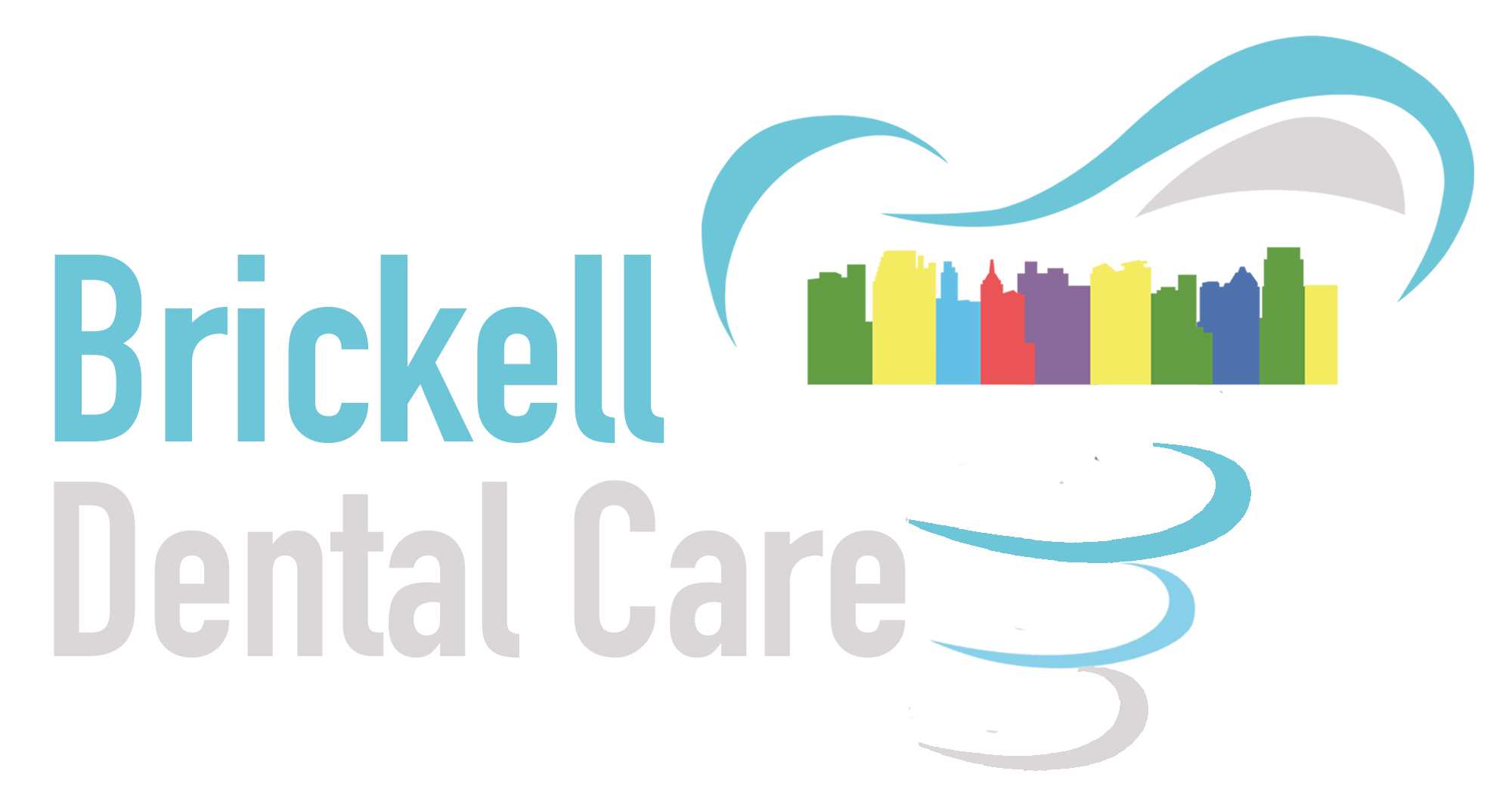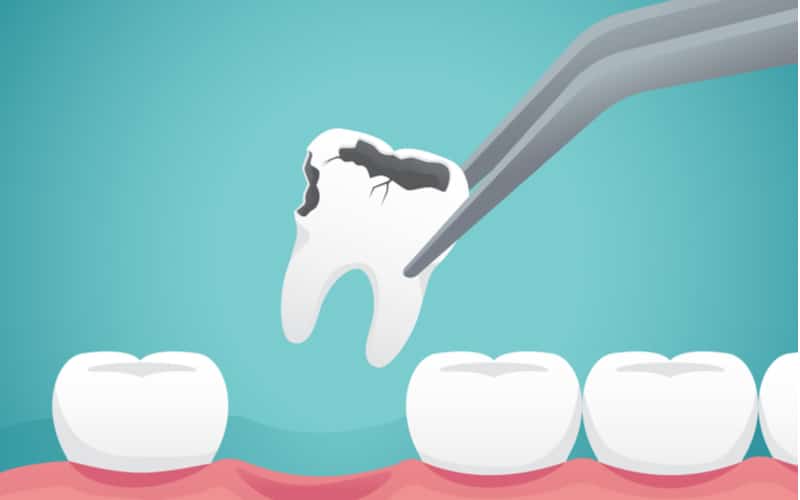Tooth-preserving operations: the last chance to save a tooth
For our ancestors, dental treatment was simple and perhaps predictable: if your teeth hurt you just need to remove them because the teeth are no longer restored. It’s great that we do not perform those practices nowadays. Brickell Dental Care provides modern and high-tech technology to help preserve your teeth. Our dentists will work hard to save your natural teeth before removing or extracting them in order to preserve as much jaw bone strength as possible. The effects of jaw bone loss include sunken cheeks, misaligned bite, change in facial appearance, and difficulty chewing and talking. In most cases we can place a dental implant in the same day, However each case is absolutely individual.
What is tooth-preserving surgery?
Indeed, the name of the group of tooth-preserving operations speaks for itself. These are operations that allow you to cure your teeth in advanced situations and to avoid their removal. For more details visit our website
Tooth-preserving operations are different. The dentist classifies them depending on the case and type of tooth. Operations are performed in the root area of the tooth, often without removing the already placed fillings, pins, or inlays on the tooth crown.
More details about each type of tooth-preserving operation are described below.
Who conducts the operations?
The key specialist during the operation is the dental surgeon. Tooth-preserving operations are complex while accompanied by certain risks. For instance, if the manipulations are inaccurate, the dentist can damage the closely located alveolar nerves and the nasal sinus, therefore such operations are performed only by highly qualified dentists. Therefore, we highly suggest Brickell Dental Care which is equipped with the most recent and modern equipment. All our dental cases ( crowns, veneers, implant crowns, partial, and Dentures ) are manufactured in the local lab here in Fort Lauderdale, which allows our patients to save time and keep an American quality.
In addition, if necessary, operations can include elements of endodontic, periodontal, and therapeutic treatment.
When did tooth preservation surgeries appear?
Not so long ago.
People understood the importance of dental treatment even before our era. At the same time, they did not understand how to treat them. Thus some applied herbs, others transplanted healthy teeth of dead soldiers to patients or drilled holes in the roots of the teeth to ensure the release of pus.
It was in the 18th century, when the German dentist Karl Parch began to practice cystotomy and cystectomy, and later the resection of the apex of the tooth. Thanks to his methods, dentists surgeons got even more chances for saving problem teeth in patients, and the procedures were called “tooth-saving”.
Do not be afraid of performing tooth-saving operations. The dentist in Brickell Dental Care performs surgeries under anesthesia, which eliminates the discomfort and pain. Do not be worried our dentists are trained and qualified to help and take action according to your personal situation.
Indications for tooth-preserving operations
The first sign is: Therapeutic treatment does not provide positive dynamics of treatment. Whereas, poorly treated canals cause inflammation of the soft tissues and the formation of a tooth cyst. Inflammation begins around the root of the tooth, on the crown of which an inlay, post, bridge, and crown are placed.
Despite the number of cases when procedures can save a tooth, they have contraindications.
Contraindications
Dentists distinguish:
Absolute (immunosuppressive conditions, blood clotting problems, heart disease, acute respiratory disease); relative (pregnancy, exacerbation of chronic diseases); local contraindications (tooth mobility, accrete roots, cracks, periodontitis, and periodontal disease in advanced stages).
Dentists determine the absence of contraindications to tooth-preserving operations during the consultation. Please find our contact information here or call us at (407) 989 99-99. On the Brickell Dental Care website, you can see the prices for self-pay patients online.
Isn’t it easier to remove a damaged tooth and place an implant in its place? Your natural tooth is always better than an artificial dental implant. In addition, the implant placement of a lost tooth is a procedure that requires: a detailed study of the patient’s dentition; planning the site and type of implant for the placement; accompanying procedures (sinus lifting, removal of dental plaque, removal of adjacent problem teeth, etc.); budget for the purchase of an implant and its placement.
Types of tooth-preserving operations
To make it easier to understand, we divide the operations according to the type of teeth on which they are performed.
- Tooth-preserving operations on single-rooted teeth.
There are two of them: resection of the apex of the tooth root and replantation.
- Radicular separation
Crown-radicular separation is an operation that allows for the treatment of advanced caries in the area of the bifurcation of a multi-rooted tooth (the place of root divergence).
After the procedure, the multi-rooted tooth turns into two healthy single-rooted ones, which last up to 20 years.
- Tooth hemisection
Tooth hemisection is an operation during which the dentist cuts the crown and root of the tooth into two parts, and then removes the infected part. The healthy part of the tooth continues to cope with the chewing load and eliminates bone atrophy, which in most cases is accelerated after tooth loss.
- Tooth root amputation
Root amputation is an operation during which the dentist removes the damaged root of a multi-rooted tooth. At the same time, the crown of the tooth remains intact and fully retains its aesthetic and chewing functions.
Root amputation in most cases is performed on the teeth of the upper jaw, because they, most often, have three roots: when one of them is removed, the probability of mobility and complications is minimal.
Now you know that a dentist-surgeon not only removes teeth but also carries out many procedures to save them.
What additional procedures may be required before tooth-preserving operations.
Each case is individual, therefore, before performing tooth-saving operations, the dentist may prescribe accompanying procedures. For example, the dentist may prescribe re-treatment of the root canals before the apex resection or professional cleaning to exclude the formation of inflammatory processes after the tooth hemisection. During the consultation, the dentist will tell you about the need for accompanying procedures in your case. The main priorities of our work are to ensure maximum comfort and complete customer satisfaction. However, one of the main goals that Brickell Dental Care has is to ensure all the safety protocols are followed and the customer is happy with the end result
Call us or text us for more details and information at (407) 989 99-99.

